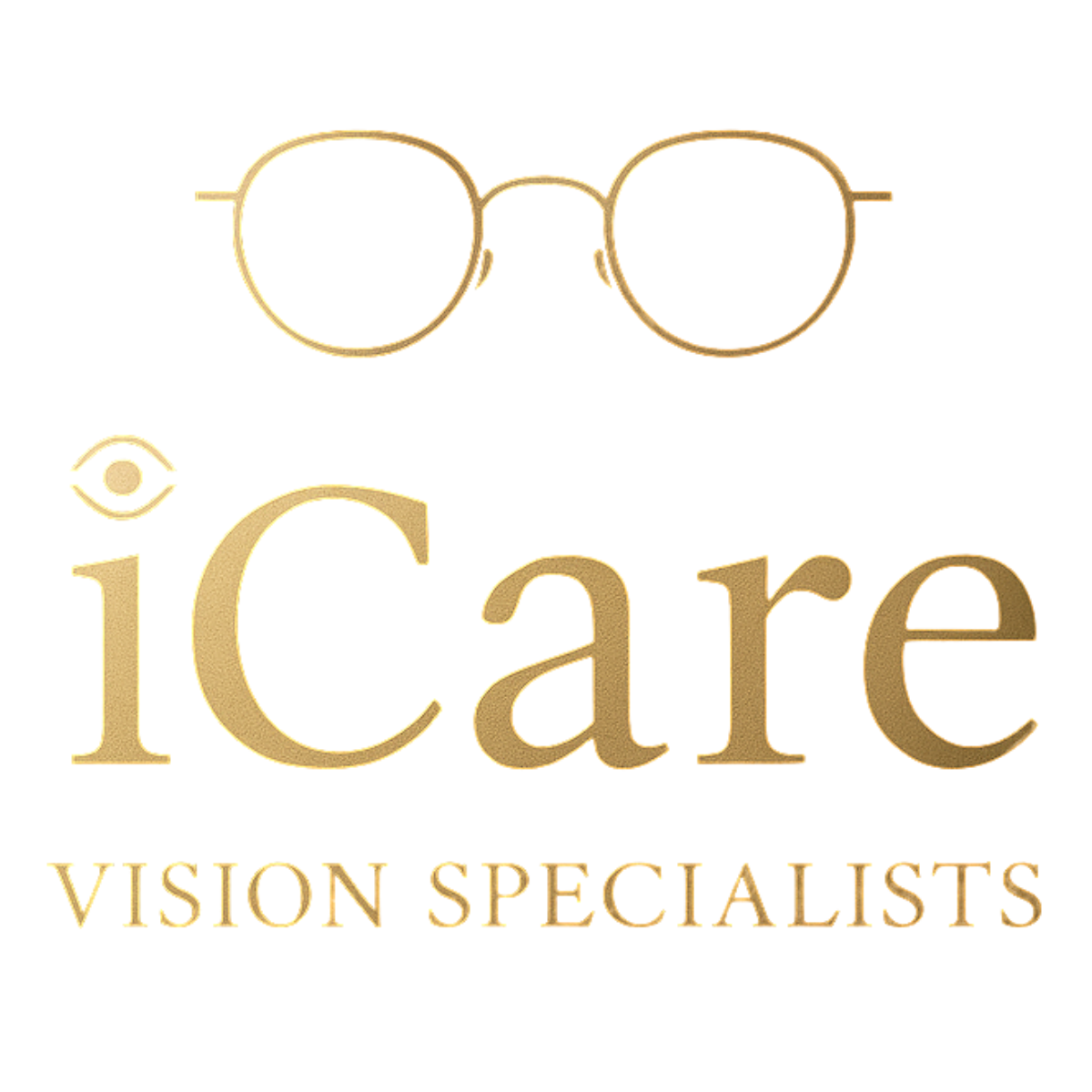Early intervention is key
As children grow, their eyes change and their vision is developing, so it is critical to identify any visual defects early on because they can have an impact on a child’s development and education.
Eighty percent of what a child learns is from their vision. If they have any problems which remain untreated this could see them falling behind in class, perhaps leading to emotional problems and even a misdiagnosis of dyslexia or another cognitive disorder.
Also young children may not report if they feel that something is wrong, simply because they don’t realise that something is wrong. Schedule an eye exam (link) as the sooner a vision problem is detected, the sooner it can be diagnosed and treated thus increasing the chances of a positive outcome.
The NHS will cover the full cost of an eye test for anyone who qualifies. This includes all children under 16, as well as those under 19 and in full-time education. See more about NHS funded tests.
Spotting the signs
A report by the association of optometrists has highlighted the fact that one in five children have an undetected eye problem.
This is why it is so important to get your child tested early, so that any potential problems can be identified and managed. However, there are signs you can look out of yourself.
Frequent squinting or frowning
Excessive eye rubbing
Closing one eye when watching TV or reading
Tired eyes or headaches
Skipping words or whole lines when reading
Difficulty seeing text from a board
A ‘white reflex’ in photographs. This is similar in appearance to red-eye, except it’s white. It is extremely serious – if you notice it, you should seek medical attention immediately.
Common children's eye conditions
Myopia (Nearsightedness)
A common vision condition where near objects appear clear, but objects farther away look blurry.
Hypermetropia (Long-sightedness)
A condition where it’s difficult to see things up close, but distant objects remain clear.
Astigmatism
Astigmatism means your eye is shaped more like a rugby ball than a football, so light is focused at more than one place in the eye. This can cause blurred vision, headaches, or eye strain (often noticed after concentrating for long periods, e.g. on a computer).
Squint
A squint is when one of your child’s eyes looks in a different direction while the other looks straight ahead. Most often the eye turns inwards towards the nose, but it can also turn outwards. This can cause blurred or double vision and, if left untreated, may lead to a lazy eye (amblyopia).
Squints affect around 1 in 20 children and usually appear before the age of five, often picked up during routine eye checks. Treatment may include glasses or eye exercises. In some cases, if these aren’t effective, surgery can be carried out to adjust the eye muscles and improve alignment.
amblyopia or lazy eye
An amblyopic or lazy eye is when one eye is weaker than the other, meaning your child relies more heavily on their stronger ‘good’ eye.
Lazy eye affects around 1 in 50 children and is usually detected at about the age of four, either during a routine eye check with an optician or at a developmental screening.
The first step in treatment is usually prescribing glasses to correct the vision in the weaker eye. In many cases, this is enough. If not, your child may need to wear a patch over the stronger eye for part of the day to encourage the weaker eye to work harder.
Treatment is generally very effective, though it can take some time before results are fully seen.
Book an appointment
PLEASE NOTE:
All online appointment requests are provisional. A member of staff will contact you directly by phone or email to confirm the date and time. Please do not attend until you have received confirmation.
